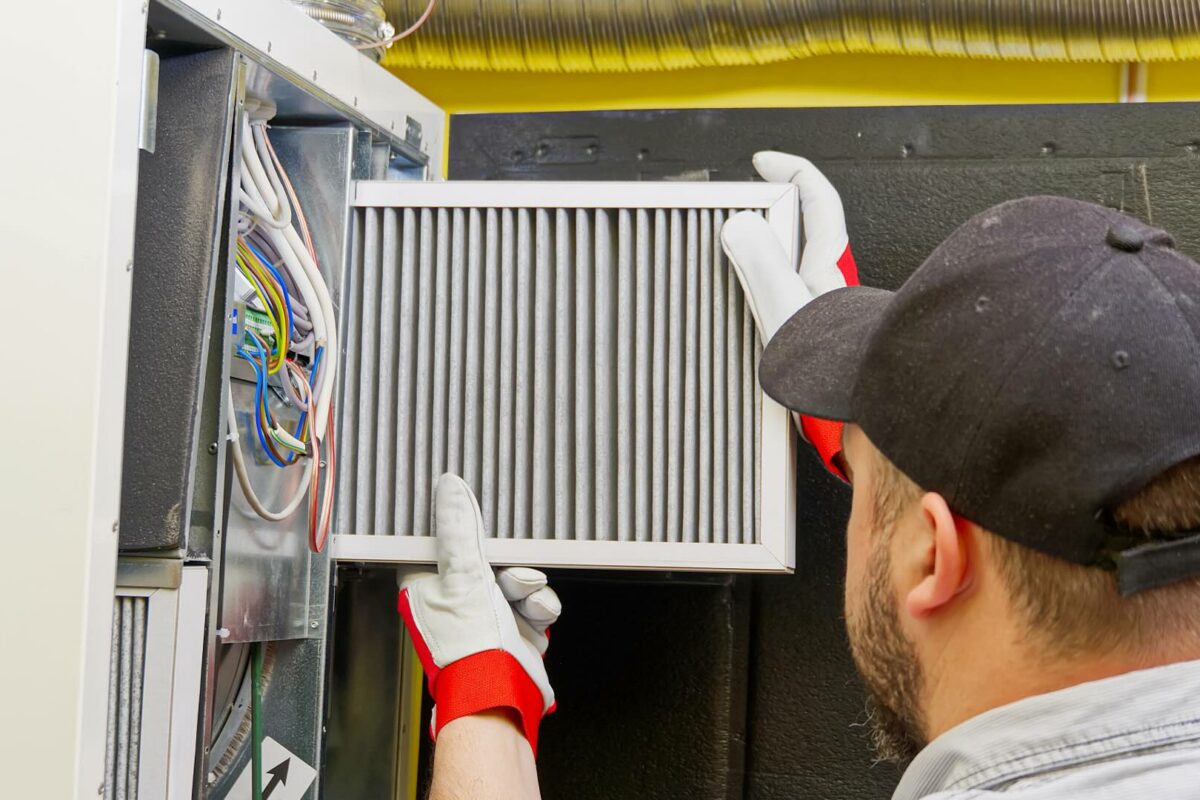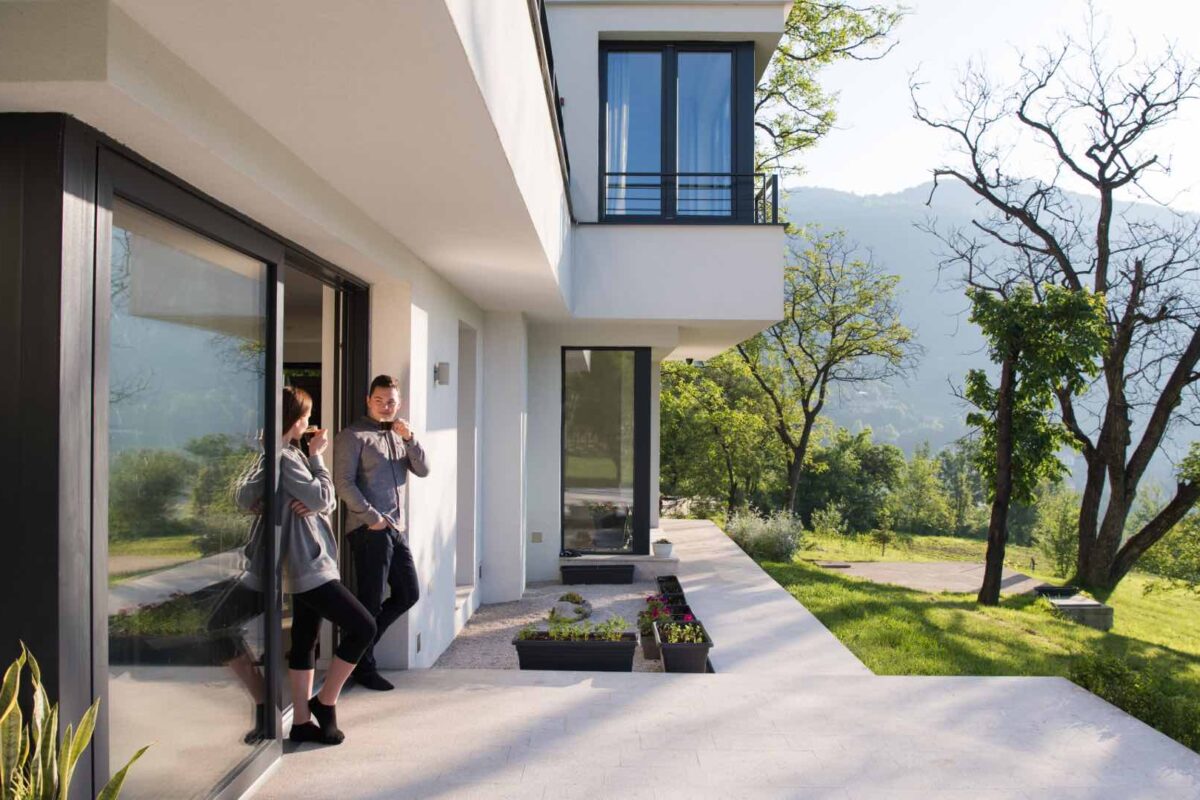Professor Sarah West, Director of the Stockholm Environment Institute York centre, shares how the SAMHE citizen science project is revolutionising the way that schools monitor indoor air quality. At the same time, it also inspires higher levels of interaction from both pupils and teachers by directly involving them in the data-collecting process.
This article is sourced from airqualitynews.com.
Nearly 1000 schools have already joined the SAMHE (Schools’ Air quality Monitoring for Health and Education) citizen science project. They are helping provide important data to scientists studying the quality of classroom air, whilst benefiting from a free air quality monitor linked to an interactive Web App, enabling teachers and pupils to view and investigate data on their own classroom air quality. The research team now hopes to double the number of schools involved, to generate sufficient data for analysis to clearly understand schools’ air quality across the UK. SAMHE aims to provide evidence for better national policies and practice and is expected to be the biggest study of air quality in schools anywhere in the world.

The growing interest in indoor air quality
Before 2020, many of us seldom worried about the air we were breathing, and when we did we were outside, near a busy road or factory. The COVID-19 pandemic focused everyone’s minds on indoor air, and the invisible disease particles potentially lurking in it, particularly in shared spaces such as offices, care homes and schools. Ventilation became the buzzword, with schools advised to ‘open windows always and fully’ during the winter of 2020-21 and later being issued with carbon dioxide monitors, to measure ventilation effectiveness.
Covid prevention measures, and the research that sprang up to assess their effectiveness, was and remains crucial in tackling that disease, but it also highlighted the influence of the indoor environment on health more generally. Indoor air can affect our health and well-being not just by spreading virus particles but also due to harmful levels of particulate matter, volatile organic compounds and other pollutants, or simply from high concentrations of CO2.
The average person in the UK spends more than 80% of their time indoors and, for children, a lot of that time is at school. Children and young people are particularly vulnerable to the effects of poor air quality as their bodies (including lungs and brains) are still developing and they breathe faster than adults so take in proportionally more air. We calculated that each child breathes around 7.2 million litres of air at school. Poor air quality also impacts children’s attention levels and ability to concentrate. For all these reasons, it’s important we know what is in school air, whether it is sufficiently ‘good quality’ and, if not, what we can do about it. Those are the questions the SAMHE research project has set out to answer.
A national database on school indoor air quality
The Stockholm Environment Institute is one of six research organisations, led by Imperial College London and the University of Cambridge, which have come together to deliver the project, with funding from the Engineering and Physical Sciences Research Council and support from the Department for Education. Our goal is to establish a network of air quality monitors in schools across the UK, to generate an unparalleled dataset which will help researchers better understand schools’ indoor air quality. The specific research questions SAMHE will address include:
- What CO2 levels, as an indication of ventilation, are typical in schools?
- How does indoor air quality in schools vary with ventilation?
- Does indoor air quality vary widely within a given school?
- Does indoor air quality vary with the location of a school?
- Can taking part in SAMHE improve people’s understanding of air quality?
- Can taking part in SAMHE help schools improve their indoor air quality?
Pupils and teachers as research partners
SAMHE uses citizen science methods to work with teachers and pupils, enabling them to contribute to the research by providing important contextual data via a custom built Web App. Participating schools get a free AirGradient One air quality monitor that measures carbon dioxide (CO2), total volatile organic compounds (TVOCs), particulate matter (PM), temperature and relative humidity. Through the SAMHE Web App, teachers and pupils can view the data from their monitor in a range of interactive chart and graph formats and see how air quality changes over the course of hours, days,weeks or months. The Web App also offers a range of curriculum-linked activities and experiments using the data, creating opportunities for pupils to be scientists and do hands-on experiments with their monitor.

Co-designed with schools
To ensure the success of the project it was vital that it would be welcomed and used by schools. To this end, we invited teachers and pupils to help design it. 20 ‘Co-Design Schools’ worked with the team on the initial design and 120 ‘Pioneer Schools’ helped test and refine a beta version of the Web App.
Judging by the overwhelmingly positive response we’ve received from schools who use the Web App, we seem to have succeeded in creating a product that meets teachers’ needs and is fun and engaging for pupils.
Teachers can access live data and curriculum-linked activities to support their teaching. Pupils can improve their air quality knowledge and hone a range of data handling and other skills through fun activities. Teachers testify that pupils are more engaged when interacting with real live data about their classroom environment, especially when given agency to take informed action, such as opening a window if CO2 levels get above a certain threshold. Non-teaching staff, including buildings and finance managers, can access air quality data to inform tailored heating and ventilation policies to improve health, comfort and attention levels while reducing unnecessary costs.
Perhaps the most exciting aspect of SAMHE for schools is that it gives young people the opportunity to contribute to genuine scientific research, working together with scientists and thousands of other school children towards a cleaner, healthier school environment.
Initial findings
Whilst we continue to recruit schools to the project, we have already started to analyse the preliminary data. Initial data shows that daily mean PM2.5 exceeded the 15 ?g/m³ daily mean threshold recommended by the World Health Organisation (WHO) on about 5% of days. Equivalent data on CO2 shows that daily means are very largely below the BB 101 threshold daily mean of 1500 ppm for naturally ventilated classrooms, only exceeding it on about 2% of days.
As more monitors come online in schools across the UK, and pupils submit more contextual data (e.g. on monitor location, building style, room size and usage, windows and door opening etc) through the Web App, a greater range and depth of analysis will become possible.
SAMHE Champions
Our current priority is to recruit more schools to the project and help them set up and connect their monitors, so we get more data flowing. We’ve begun working with partner organisations who are helping us reach out to and support schools. These ‘SAMHE Champions’ range from STEM education providers and university outreach teams to local authority air quality and education teams and businesses. Could your organisation be a SAMHE champion? Contact us at [email protected] to discuss how this could work.
One of the most exciting aspects of SAMHE is seeing how the project is supporting young people to learn about the quality of the air in their classrooms, get excited about STEM through direct investigation of their own environment and their interactions with it, and feel empowered to make or suggest changes based on their understanding.
Further information:
Would your school like to get involved? If you work or study at a UK school (excluding early years-only schools) you can take part – register at samhe.org.uk. For project updates follow @SAMHEproject on X (formerly Twitter) or sign up for our newsletter via the website.
To discover more research on air pollution in schools, visit the website of the TAPAS (Tackling Air Pollution At School) network tapasnetwork.co.uk.
Content Team
Work in Mind is a content platform designed to give a voice to thinkers, businesses, journalists and regulatory bodies in the field of healthy buildings.




